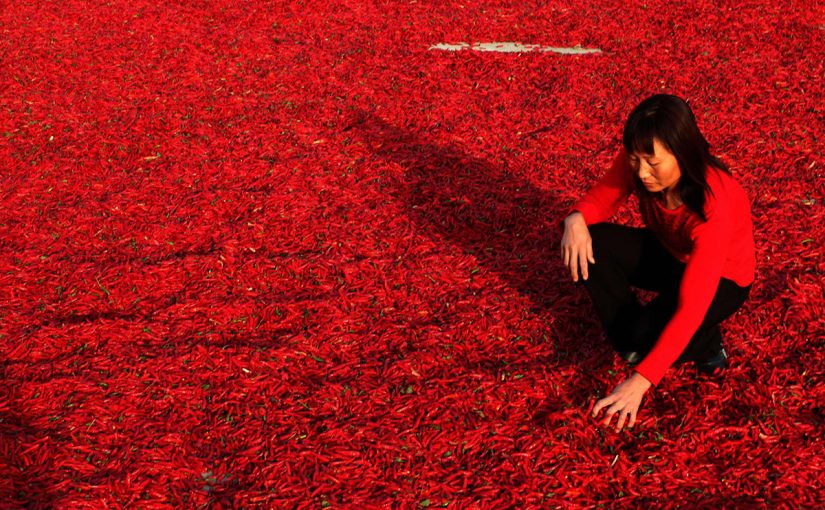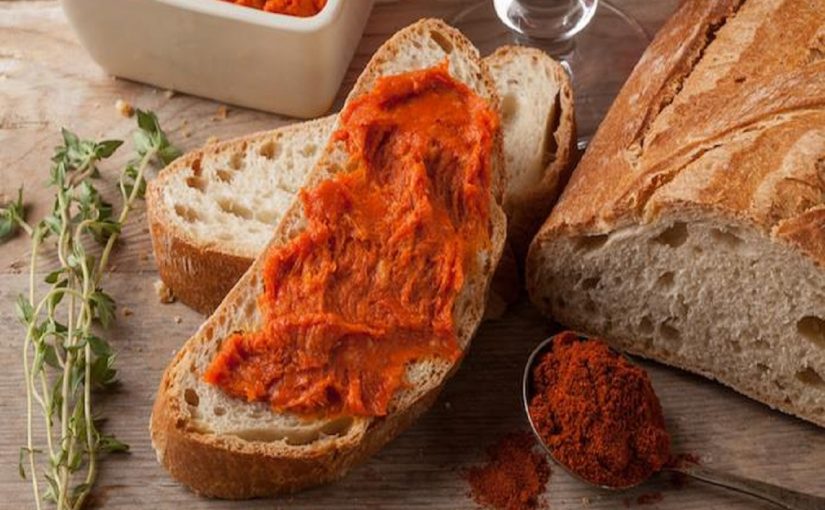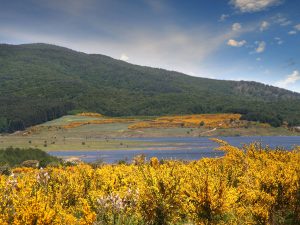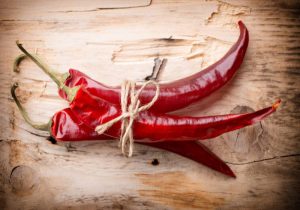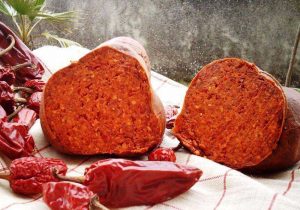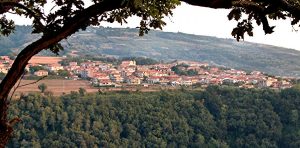13.02.2019
Lin Bin, Minister for Economic Development and Commerce, during the visit of a delegation of the People’s Republic of China, met many commercial operators in Calabria, in November 2018, to explore potential of Calabrian Food & Beverage.
CHINESE TOURISM IN CALABRIA
Tourist potential was also explored.
While the Commercial Calabrian companies were preparing for their debut on the Chinese market, some agreements were signed with the tour operators, and the Chinese government issued a “Welcome Chinese Destination certification” for Calabria, which made the region the first in Italy adapted to the standards of Chinese tourism.
Not only that, the new Chinese tourists begin arrive in 2019: 5,000 arrivals are calculated until the middle of 2019, according to Zhang Chuniel, general manager of Cits, China International Travel Service, which launched an impressive communication campaign in Beijing.
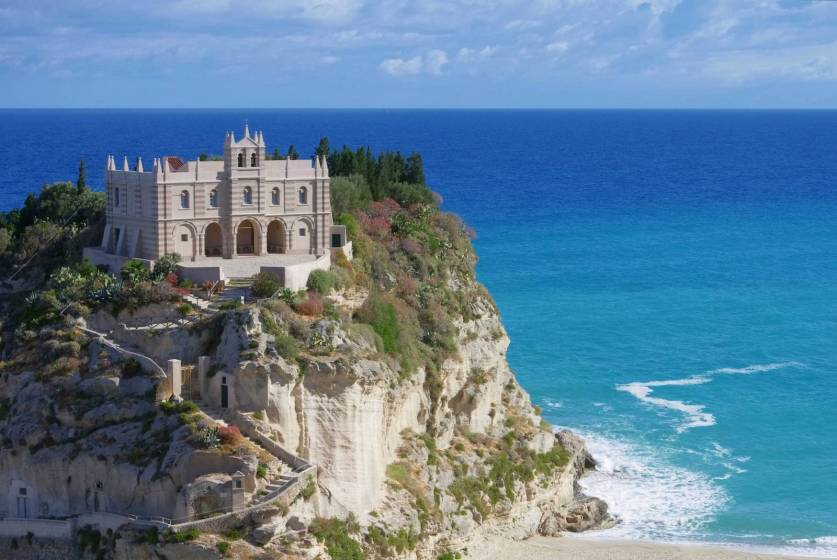
CHINESE PERSPECTIVE TOWARD FOOD & BEVERAGE
Along with tourism, the main attractor is indeed the agri-food sector. This is because the typical products of the region conquer the palate of the Chinese market that awaits already in the coming months, and only to start with, oil and wine made in Calabria.
“There are big spaces and we are ready to import the typical products of the region to satisfy new niches. This is why we asked the Calabrian companies to participate in the next China international fair in Shanghai” said Lin Bin.
CHINA LIKES CALABRIAN HOT CHILI PEPPER
The Hot Chili Pepper (so called “Diavolillo”) is the element that unites the two cultures. To the point that the Chinese giant Dezhuang, a worldwide producer, is a regular guest of the Diamante hot pepper festival, and has signed commercial agreements with the Calabrian “Diavolillo” producers.
Further, in the province of Guinzhou an international edition of the festival has been recently organized as part of the World Chilli Alliance. A world summit will follow for a sustainable hot chili pepper supply chain.
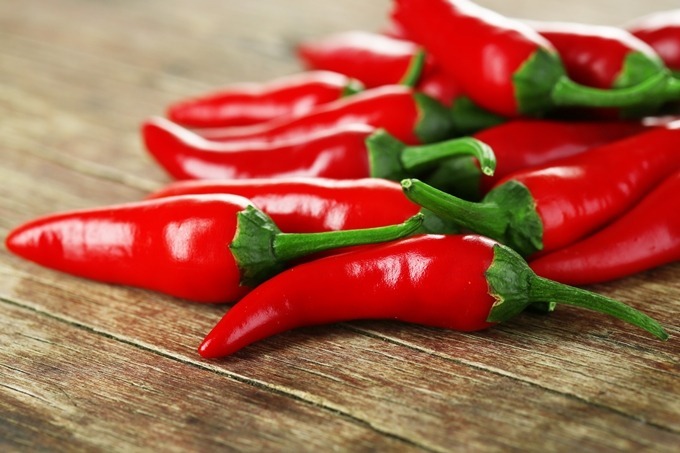
INFRASTRUCTURES FOR NEXT ALLIANCES
The interest in the Special Economic Zone of the port of Gioia Tauro will be also reignited, after the Chinese visit of November 2018: 2,500 hectares of industrial areas, where it is possible to invest with incentives and incentives to companies.
Further, Lamezia airport, which seemed definitely cut off from the New Silk Road and from the commercial corridors (“One Belt, One Road”) for the expansion of China’s routes to Europe through the development of transport and logistics infrastructures, – instead returns to be evaluated as a possible destination.
Finally, Lin Bin visited the transhipment container terminal of Gioia Tauro and the retroport to consider potentiality of Chinese investments.
A POSITIVE BALANCE
New business opportunities are now assessed and, from both parties, between universities and business accelerators are signed protocols for development and innovation.
Particularly, the collaboration between the Mediterranean University of Reggio Calabria with Shanghai and Nanjing continues to encourage the entry of innovative companies, startups and Calabrian researchers into the Asian market.
Above all, the visit of Chinese delegation of November 2018 confirmed that China likes Calabrian territory and its business opportunities!

